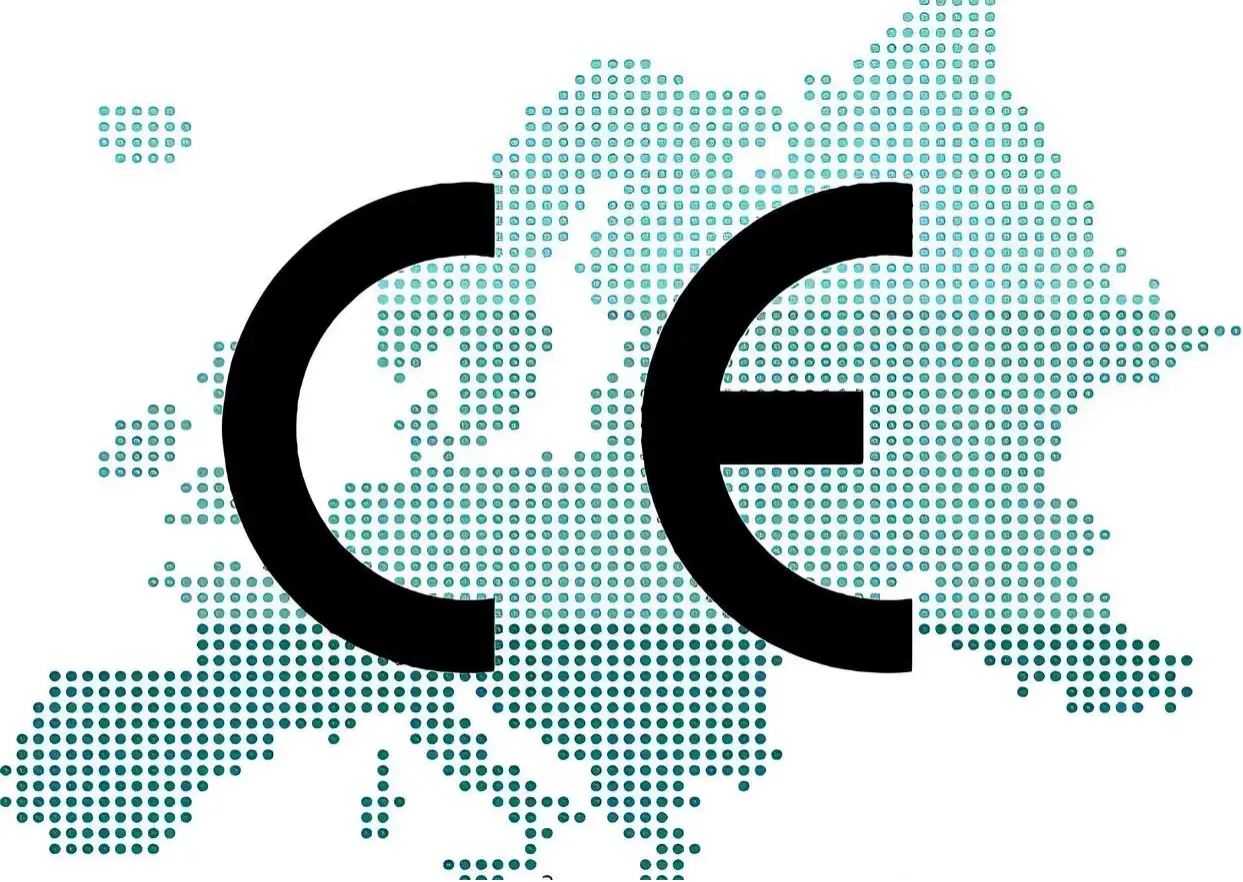CE certification is a systematic compliance project under the framework of the EU's technical legislation. The essence of its process is to transform product safety, health and environmental protection requirements into executable technical actions and legal statements.

I.Regulatory Adaptation and Technical Positioning
1.Instruction anchoring
locks applicable instructions based on product attributes: Medical devices → MDR (EU) 2017/745 Industrial machinery → MD 2006/42/EC Wireless devices → RED 2014/53/EU Reference Harmonised Standards (EN Harmonised Standards) as the technical implementation path For example, EN 62368-1 (Safety Standard for Audio and Video Equipment) is essentially transformed from the international standard IEC 62368-1.
2.Path selection for conformity assessment
Low-risk products: Module A (Internal Production Control) is adopted, and the enterprise independently completes the design evaluation and production consistency check. Medium and high-risk products: Mandatory entry into the Module B+C/D path, subject to type inspection by a Notified Body of the European Union (Notified body) + plant manufacturing quality system audit.
II. Implementation of Technical Compliance
1.Laboratory verification of closed-loop electrical safety testing: Conduct tests such as withstand voltage and grounding continuity in accordance with the LVD Directive (2014/35/EU) (EN 60335 series standards); Electromagnetic compatibility (EMC) : Verify radiated emissions (EN 55032) and anti-interference capability (EN 61000-6-2); Chemical compliance: Complete 10 hazardous substance screenings (EN 62321 method) in accordance with RoHS 2.0 (2011/65/EU).
2. Deep involvement of notified bodies in technical document review: Notified bodies verify product design documents, risk analysis reports (ISO 14971), and clinical assessment data (for medical devices); On-site production audit: Verify the effectiveness of the ISO 13485 or ISO 9001 quality management system to ensure the consistency of batch production.
III.Legal Document Casting
1.The core documents for the construction of the technical documentation system include: product technical drawings, BOM lists, test reports, risk assessment documents, user manuals (including multilingual warning statements), and supply chain compliance statements (such as key component certification certificates). Shelf life: The product can be kept for 10 years after being withdrawn from the market (extended liability under Article 17 of the GDPR).
2.Elements of the EU Declaration of Conformity (DoC) : Legal name and address of the manufacturer/EU authorized representative; Product unique identification (model/batch number) List of applicable directives and harmonized standards Handwritten signature of the person in charge and the date of signature. The format must strictly follow Annex II of (EU) 2019/1020. The absence of any element will result in the invalidation of legal effect.
IV.Compliance Maintenance after Certification
1.The height of the CE marking attached to the specification marking shall be ≥5mm and it must be permanently attached to the product body (removable labels are prohibited). Medium and high-risk products must be simultaneously marked with the notified institution number (such as NB 0123).
2.Post-market Surveillance (PMS) mechanism incident reporting: Report incidents resulting in death or serious injury to the competent authorities of member states within 24 hours (MDR Article 87); Regular updates: High-risk products submit safety update reports (PSUR) annually to continuously monitor clinical performance.
3.Change Management: Material replacement, design modification or software upgrade may all trigger re-evaluation, requiring supplementary testing or application for approval of technical document changes. The legal effect and consequences of the process: Market access time limit: The review cycle of the notified body is usually 90 to 180 days (for products of Class IIA and above). If it exceeds the time limit, the path may change due to the update of regulations.


 20-Jun--2025
20-Jun--2025